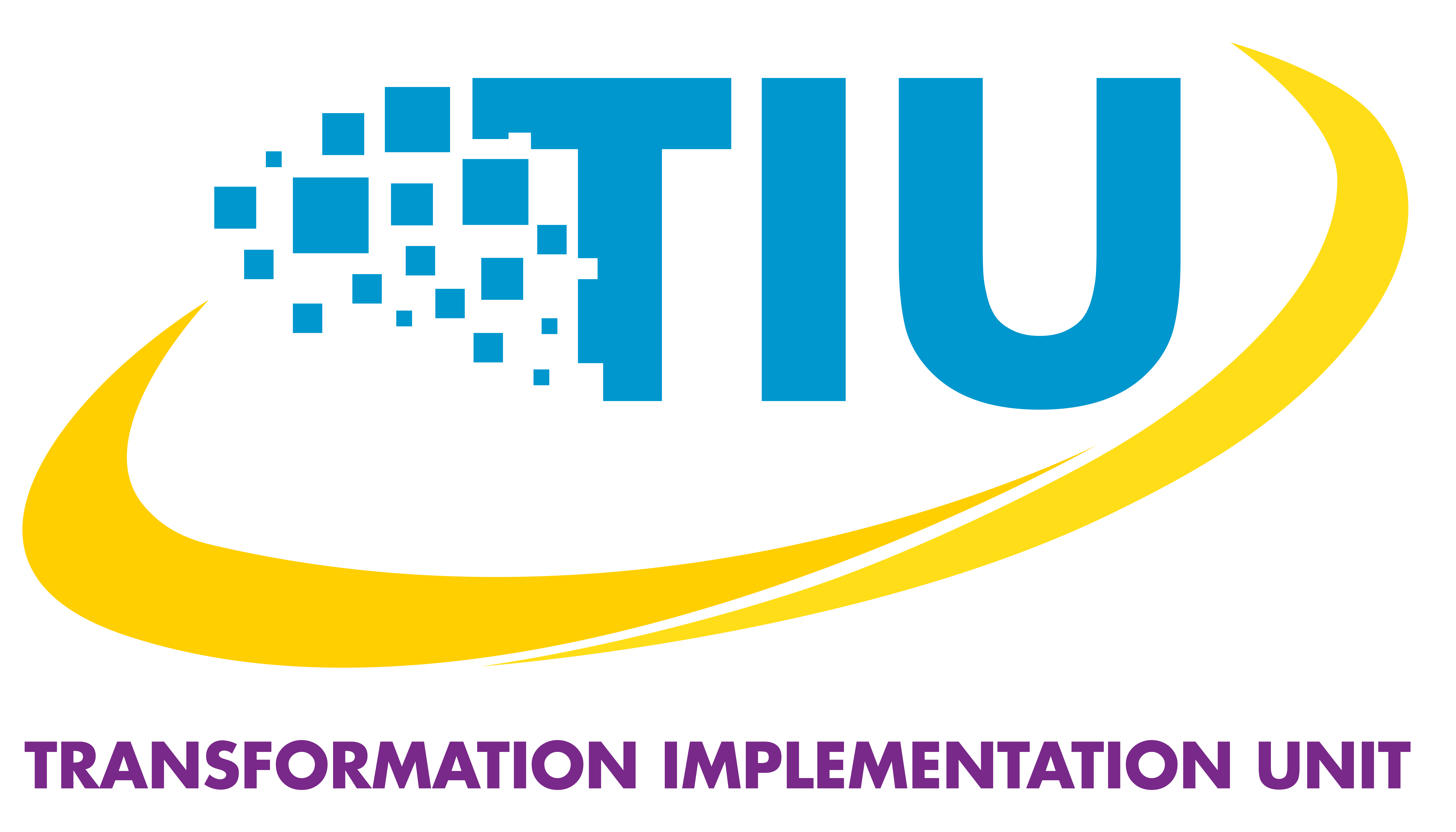
Change Management – A Muzzle or an Enabler?
By Dr Marvia Evangelist-Roach, CCMP™
How often have you heard someone say that they were simply told that “things will be changed around here and you need to adjust” as opposed to “I am changing the way you work, what input, concerns or suggestions do you have?” I refer to the former as “The Muzzle” approach. The muzzle approach is easier for the decision-makers. It does not require countless hours in meetings or discussions trying to explain or justify the reason behind the change and why it is beneficial for employees to embrace it. It does not require acknowledging and rewarding positive efforts along the change journey. It does not require proactive resistance management because it is designed to eliminate resistance.
In situations where the muzzle approach is used, change practitioners who challenge it are seen as incompetent change leaders because they cannot ‘fix the problem’ or even biased in their thinking. On the other hand, employees who voice their concerns are disregarded and cited as change-resistant and in need of coaching to accept the change. It is this approach that leads to poor change experience for many employees. It also perpetuates the notion that management does not listen. In many instances, there is no learning from such experiences because the change is deemed the right and only way. The process is the same for subsequent change initiatives. In such situations, there is no real adaption of change or improved change maturity for such entities or organisations.
The role of leaders or change management practitioners is not to force employees to accept the change without asking questions. The aim of change management is to lead people to a desired state by using appropriate tools and techniques such as ongoing communication and engagement, appropriate learning and development programmes, leadership involvement, and proactive resistance management. It encourages ongoing feedback which is crucial to the success of any change initiative. It is important that the feedback is incorporate into the change or addressed.
It is almost impossible to incorporate every suggestion received, once you have sought feedback, but it is important to demonstrate that it has been received and was considered. Even more important, is to provide updates on how the feedback has been incorporated or not.
Change management is an enabler, not a Muzzle.
